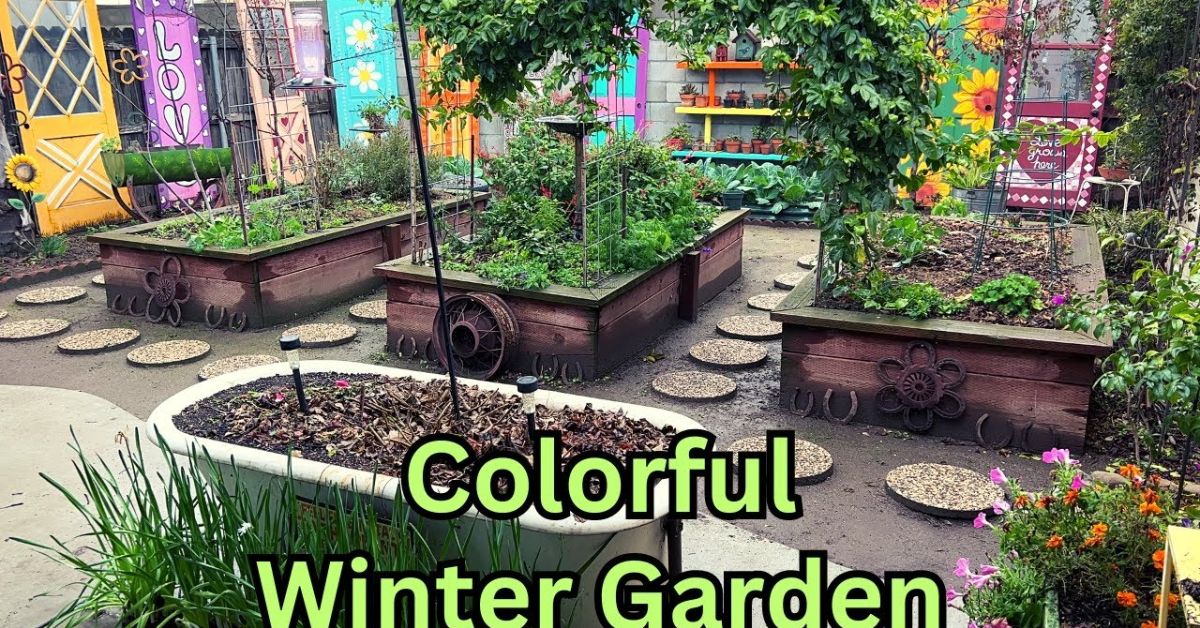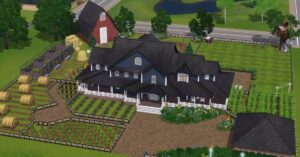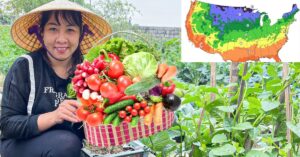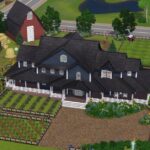A gardening zone is an area with a similar climate that helps determine what plants will thrive there. The zone is based on the average annual minimum winter temperature. Knowing your zone helps you pick flowers and vegetables suited to withstand your winters.
Wondering what plants will flourish in your garden? The gardening zone system makes plant selection easy. By learning your zone number, you can explore lists of recommended flowers, trees, and edible crops rated for that climate.
The USDA created the gardening zone map to help amateur gardeners across North America. Simply enter your zip code online or check published zone charts to discover your zone. Armed with this information, you can start planning a garden full of colorful blooms and delicious homegrown food tailored to your climate.
Find climate-suited plants
The gardening zone identifies which plants can tolerate your winters. By searching recommended varieties for your zone, you can pick flowers and vegetables engineered to thrive locally. For example, zinnias grow well in zones 3-9 while mums do best in zones 5-9.
Knowing the climate your garden endures lets you choose plants less likely to die off. Refer to zone charts detailing which perennials, annuals, trees, and shrubs flourish in the temperatures and precipitation for your area. This ensures your garden remains colorful season after season.
Locate the zone on the detailed map
Gardening zone maps divide North America into 10 main heat zones based on temperatures. Detailed maps are available online or through gardening books with the zones clearly illustrated.
Take time to pinpoint the zone encompassing your city or county. The lines dividing the zones appear on maps showing the continental United States, Canada, and northern Mexico. Understanding where your territory falls assists with selecting suitable flora.
Enter postal code online tool
Numerous websites run by the USDA and experienced gardeners enable finding your zone digitally. Go to a site, input your five-digit ZIP code, and the tool locates your postal area on a zone map.
With just minutes spent online, the sites instantly reveal your gardening zone. This convenience supports planning which plants can handle the climate you experience through winter and summer. Digital tools accelerate the process of identifying zone-matched flowers, trees, and vegetables.
Check the published zone chart book
Definitive books published by the USDA and seed companies serve as guides to the different gardening zones across the United States and Canada.
Users look at zones using maps within the book matched to cities. Read the key employing colors or patterns delineating the climatic regions. The chart presents the zone in which your area falls to assist in choosing suitable plants.
Page indexes allow quickly locating profiles for various flowers, fruits, and vegetables listing their ideal growing zones. This old-school method reliably finds a home gardener’s zone.
Plant perennials that come back
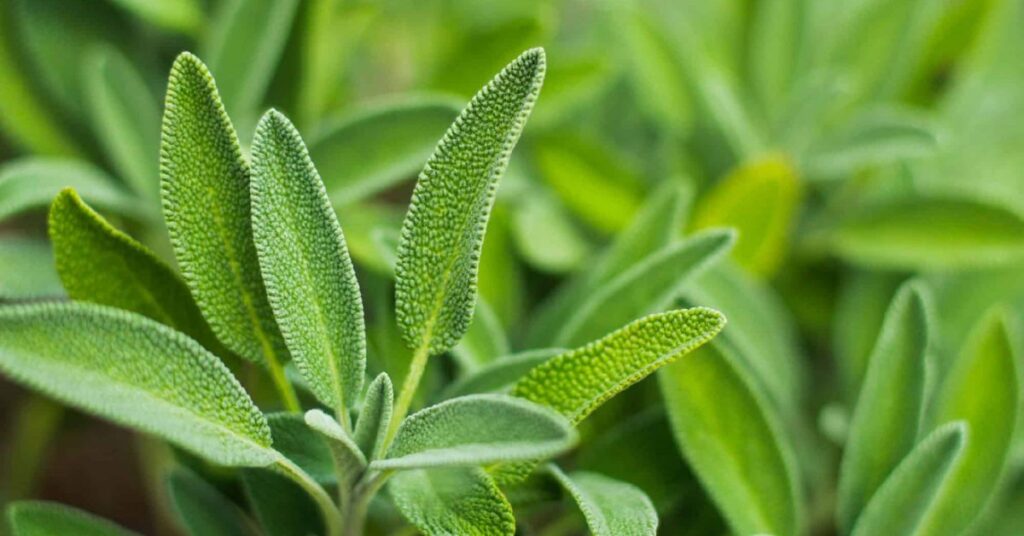
Perennials return year after year, reducing future planting work. Reputable seed companies rate perennial flowers, herbs, and vegetables based on which zones they persist through winters in.
Consult zone guides to pick perennials proven to re-sprout reliably within your zone’s temperature minimums. Some perennials like daylilies thrive in zones 3-9, meanwhile, hostas usually survive winters in zone 3-8. This matches perennials built to come back spring after spring.
Growing perennials lessens later weeding and watering demands. Consider your zone when selecting long-lived flowers that extend curb appeal without additional work each season. Zonal hardiness gives confidence that perennials will re-emerge to brighten future gardens.
Grow annuals for one season
While annuals complete their life cycle in one year, they add continual color changes. Seed packets list growing zones so you select annuals able to handle your zone’s climate extremes.
Common annuals including marigolds and zinnias succeed in zones 3 through 8, giving a long window to plant them. However, petunias typically last in zones 5 through 9 only. Choosing annuals matching your zone results in a continuously colorful seasonal display that requires replanting annually.
Knowing your gardening zone when shopping ensures annuals you invest in this year will live their full life before frost. With some annuals lasting in many zones, your zone information ensures picking flowers that will brighten your plot right up until the fall chill arrives.
Choose shrubs for the foundation
Hardy shrubs boost landscaping appeal along house foundations. Review their suited zones in catalogs to pick kinds that persist through your area’s coldest spells. For instance, potential tolerating zones 2 to 8 work well in many yards nationwide.
While flowering quince thrives in zones 5 through 9, witch hazels handle 3 to 8. Foundation shrubs selected to match your climate designation withstand winter storms while adding visual interest year-round without replacement. Consult zone guides to choose foundation shrubs built to handle your location.
Select trees for future shade
Trees bring shade, wind protection, and natural aesthetics to yards but need zones considered. Dwarf fruit trees may succeed where full-size compatriots won’t because of colder zones. Reputable nurseries list tree zones.
Find your gardening zone to pick trees meant to survive your winters. For example, Serviceberries endure zones 3 to 9 while crape myrtles barely make zones 6 to 9. Choosing trees tailored for the temperatures in your area means your investment matures without the threat of weather damage or stunted growth. Future landscaping plans start with knowing your tree-perfect zone.
Know the minimum winter temperature
The zone system considers your location’s coldest expected temperatures that can damage sensitive plants. This lowest mark helps foresee what you can successfully grow.
Zone charts published by the USDA Division of Agriculture disclose the minimum winter temperature span defining each zone. With this information, reference plant guides to see which flowers, vegetables, and trees are engineered to withstand at least that cold. Factoring in your zone’s minimum helps select plants built to survive your harshest conditions.
Understanding the minimum temperature benchmark signifies which species can endure seasonal drops at your site. Your zone number reveals not only average winter cold but the severity requiring special cold-hardy picks. This insight avoids planting delicate flowers fated to fail in your territory’s climate extremes.
Pick vegetables to harvest yearly
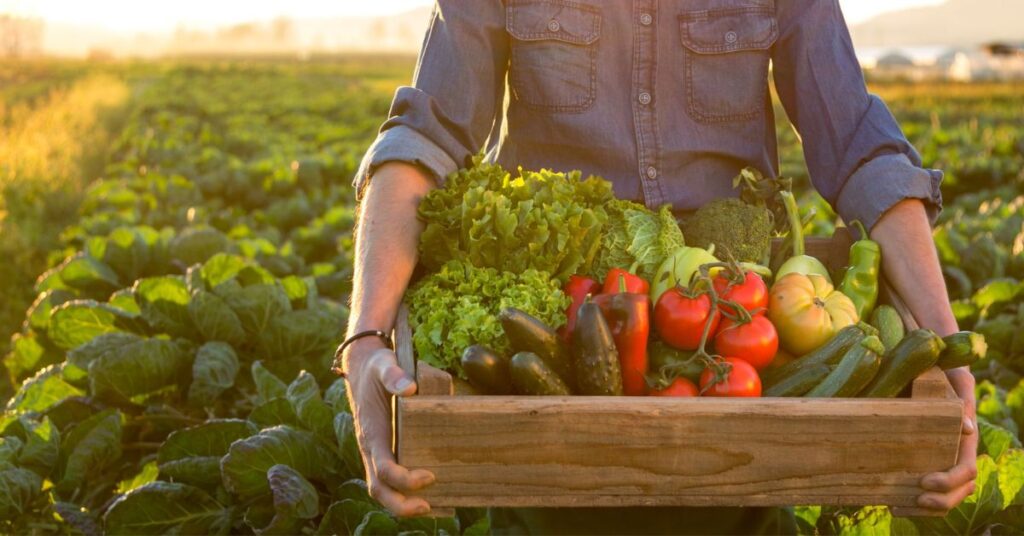
Homegrown vegetables offer fresh, local produce in all seasons. Yet some kinds demand milder winters than others to survive outdoors where sown. Reviewing catalog zones helps choose your yield.
Most winter squash, tomatoes, and peppers do best when zones are 7-10 while carrots and beets succeed down to 3. Referring to your zone tells what edibles you can grow to harvest from spring through early fall before frost claims tender breeds.
With zone guidance, select from vegetables appropriate to overwinter in your particular temperatures. This protects your investment of time, soil, and seeds to reward you with a bounty built to handle the climate seasons delivered in your location. Annual vegetables tailored to your zone mean continuous fresh-picked meals each year.
FAQ’s
What is a gardening zone?
Gardening zones, also known as hardiness zones, categorize regions based on climate conditions. These zones help gardeners choose suitable plants for their specific geographical area.
How do I determine my gardening zone?
To find your gardening zone, use online tools or consult a hardiness zone map. Input your location to discover the zone that corresponds to your climate, aiding in successful plant selection.
Why is knowing my gardening zone important?
Understanding your gardening zone is crucial for selecting plants that can thrive in your specific climate. It ensures you choose varieties that are well-suited to your region’s temperature and weather conditions.
Can my gardening zone change?
While gardening zones typically remain stable, factors like climate change can influence them over time. Stay informed about any updates to ensure accurate plant choices for your evolving local climate.
Are there exceptions to gardening zones?
Microclimates within a region may create exceptions to standard gardening zones. Factors like elevation, proximity to water, or urban heat islands can impact local conditions, so consider these nuances when planning your garden.
Final Thoughts
Learning your zone lets you choose plants adapted to its conditions. When one finds What Gardening Zone Am I In? Proper picks mean gardens come back colorful each year without effort. Basic tools make knowing your climate zone simple, aiding beautiful, productive plots. Discovering What Gardening Zone Am I In? guides smart choices that bless yards annually with perennials, vegetables, and reliable landscaping.
Understanding local weather helps successful planning. By pinpointing What Gardening Zone Am I In? Gardeners fill yards with flora fitted to survive regional temperature swings. Zone advice ensures selections can take whatever each place delivers. Unveiling your climatic number lets you arrange greenery engineered to weather seasonal changes anywhere in delightful style year after year.
